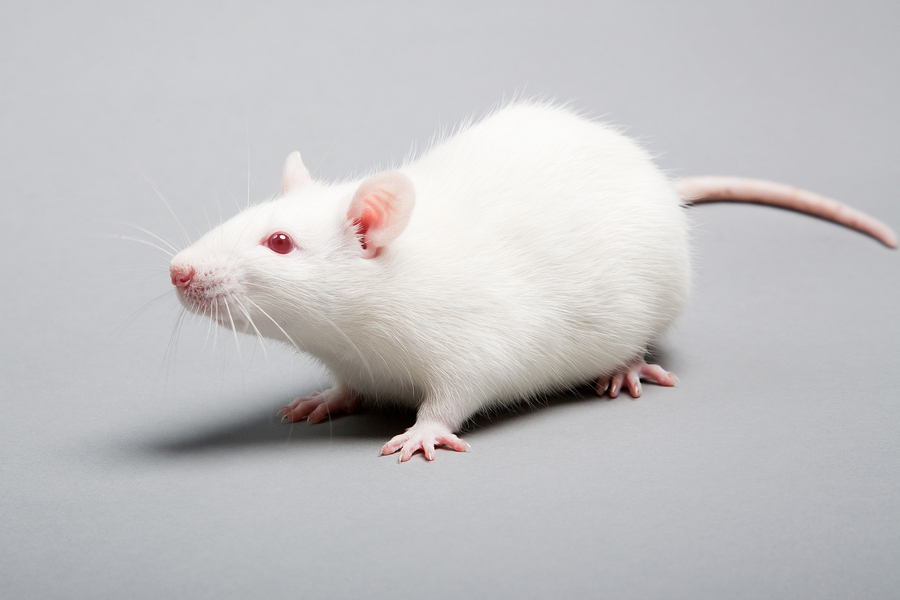EPFL researchers have developed an algorithm called CEBRA, which can predict what mice see by decoding their neural activity. The algorithm can predict unseen movie frames from brain signals alone after an initial training period. CEBRA can also predict arm movements in primates and the positions of rats as they move around an arena, suggesting potential clinical applications.
Mice have a remarkable visual system that can teach us valuable lessons about our own perception and cognition. Recent advances in AI have enabled us to analyze and model mouse vision, leading to new insights and applications in various fields.
Scientists have turned to AI as a powerful tool for data analysis and modeling to overcome the challenges of studying mouse vision. AI can simulate and manipulate visual stimuli and neural activity in ways that are impossible or unethical in live animals or humans.
By applying AI to mouse vision research, we can accelerate the discovery of new drugs, therapies, and prostheses that restore or enhance vision in humans. AI can also help design and optimize visual prostheses that mimic or augment natural vision.
Mouse vision and AI have the potential to revolutionize our understanding and applications of visual perception and cognition, and develop new treatments and technologies that benefit human health and society.

